What is the Role of Environment in Animal Development? Let’s Know!
The environment on the surface of the earth is largely responsible for the existence of living organisms and their development.
The environment is simply referred to as the surroundings or conditions in which a person, animal, or plant lives or operates.
All living (biotic) or non-living (abiotic) things that include physical, chemical, and other natural forces are all components of the environment.
After an organism comes into existence (from birth till death), it strives to live in harmony with its immediate environment. The impact of the surrounding environment is the highest in the development of that animal either directly or indirectly.
In order for an animal to live life and show its development, it must devote its energies primarily to three functions viz. capturing and releasing energy, protecting itself from injury, and producing other systems of activities similar to itself. All of these can be delivered only by the environment.
The precise role of the environment is highly seen in delivering the primary needs of any animal required for its growth and development.
The role of environment in the animal development is huge. An organism generally responds in an adaptive way and selects the best environment that it can, in order to develop.
↓↓↓↓↓↓
- The Role of Environment in Animal Development (9 Roles of Environment are listed below)
- #1. To acquire energy for maintaining the developmental activities
- #2. The environment helps in the protection of the animals
- #3. The influence of environment in animal reproduction
- #4. The environment also impacts the life cycle of an animal
- #5. The environment also influences developmental symbiosis in animals
- #6. The environment plays a key role in nutrient cycling
- #7. Environment plays a key role in imparting various adaptations in animals
- #8. It plays a prominent role in controlling the environment-dependent sex determination
- #9. It aids animals in environmentally induced learning
The Role of Environment in Animal Development (9 Roles of Environment are listed below)
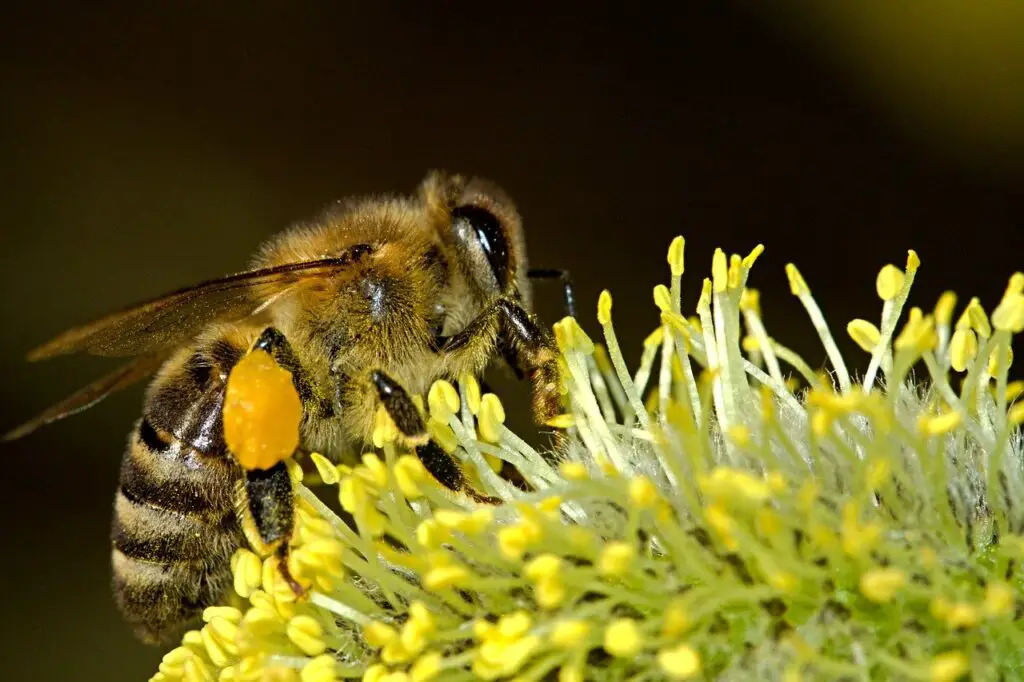
#1. To acquire energy for maintaining the developmental activities
Energy is needed by every living organism. They get it from the food they eat.
Animals are continually active and must continually react with the environment to get the food. The one who gets the energy sustains and the one who doesn’t simply die.
Animals need food to obtain energy and maintain homeostasis. Homeostasis maintains a stable internal body environment of the animal even in the face of changes to the external environment.
Adenosine triphosphate (ATP), is the main energy-carrying molecule found in the cells of all living things. It has to be obtained from somewhere.
That ATP is obtained by animals that take it from their environment in the form of carbohydrates, proteins, and fats and convert them into a form their cells can use. This process is called cellular respiration, a form of catabolism, and makes energy available for the cell to use.
The environment helps in every way possible to provide matter and energy to maintain the development activities of each animal system.
Examples:
- A silkworm larva eats food (leaves of plants) amounting to 86,000 times its own weight at the time of hatching.
- Bees feed on honey for its growth and development which it prepares by collecting pollen grains and nectar from flowers.
- Ants not only acquire food from the environment but give up what they have already swallowed to their fellows, even when they are hungry themselves.
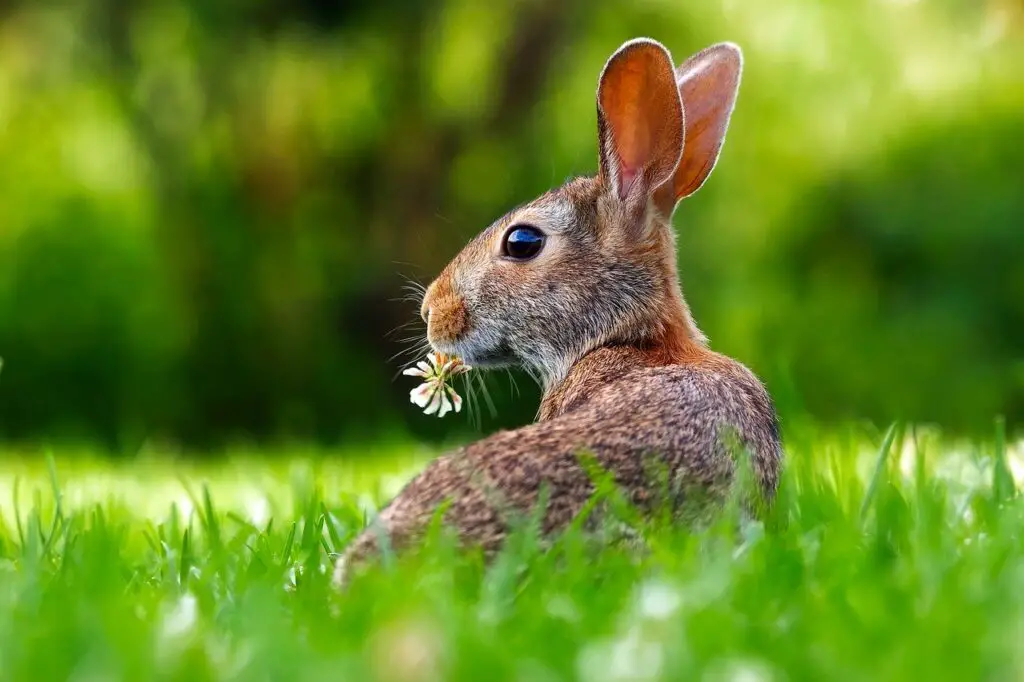
#2. The environment helps in the protection of the animals
An animal in order to protect itself from birth to the mature phase, it needs to follow a series of various developmental processes. It has to keep its body system intact and in working mode by adopting many means to escape danger.
The environment helps the animal to find something to eat, to avoid being one’s self-eaten, to disseminate one’s species, and give rise to a perpetual struggle in which the fittest ones are successful. These can only be possible if the environment helps to protect themselves.
The environment provides food, habitat, ways of movement, and teaches various other self-defense mechanisms to protect animal life.
So, that’s why environmental change has negatively affected most biological systems on our planet and is becoming of increasing concern for the well-being and survival of many species.
The environment has impacted a change to the body and physiology of many organisms that help it to protect themselves.
It has provided them with habitats where an organism makes its home and gets all the environmental conditions including the defense mechanisms an organism needs to survive.
Examples:
- Animals show Camouflage which is a defense technique that organisms use to hide their appearance, usually to blend in with their surroundings. Like a tree lizard looks like the branch it’s sitting on. The surrounding environment supports camouflage and it can change with the changing environment.
- Some animals can give off bursts of electric current like the 500 volts current of the electric eel. That is enough electricity to be fatal to a human being.
- A rotifer avoids drying up by secreting a cyst around itself and may remain dormant for a year.
- During the winter, frogs and toads go into a state of hibernation so their body temperatures take on the temperature of the environment around them.
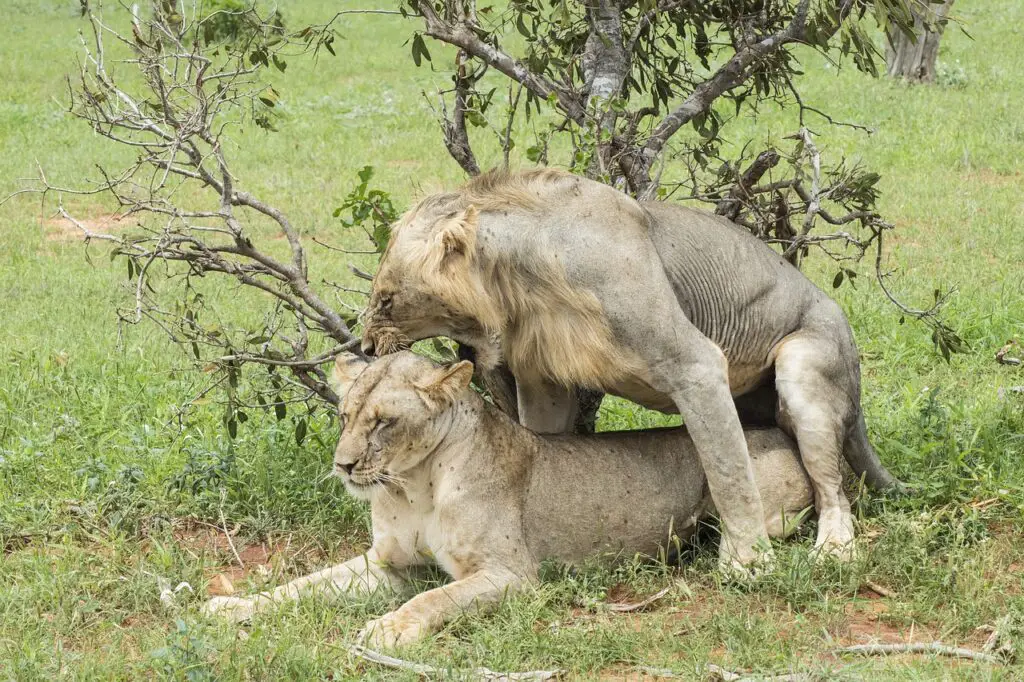
#3. The influence of environment in animal reproduction
The environment and its conditions directly influence the reproduction process of various animal species.
The impacts of the environment can cause delayed fertilization, delayed implantation, delayed lactation, delayed metamorphosis, and more which are generally normal in a variety of organisms.
Varied environmental factors like food, temperature, solar energy, water balance, predator stress can cause impacts in the reproductive stages of various organisms.
Latitude and climate affect reproductive patterns, but more strongly in small, short-lived mammals that reproduce as continuously as possible.
Lack of proper nutrition due to the external environment can also affect hormone production leading to the delay in reproduction.
Temperature stress can produce effects similar to low food availability by increasing energy demands for thermoregulation.
Over a period of time, various animals have developed themselves to suit their environment and reproduce only during the times when the environment is suitable for doing so.
Examples:
- Temperate bats soon hibernate after the male has mated with the female. The female stores the sperms in her body and when the hibernation ends after 6 months she ovulates followed by the fertilization and implantation of the embryo. This is known as delayed fertilization.
- Delayed Implantation is seen in mink after the successful mating and fertilization has occurred. The development of the embryo stops at the blastocyst stage for a time until the external environment becomes suitable for the mother. A prolonged period of embryonic diapause is seen in mink.
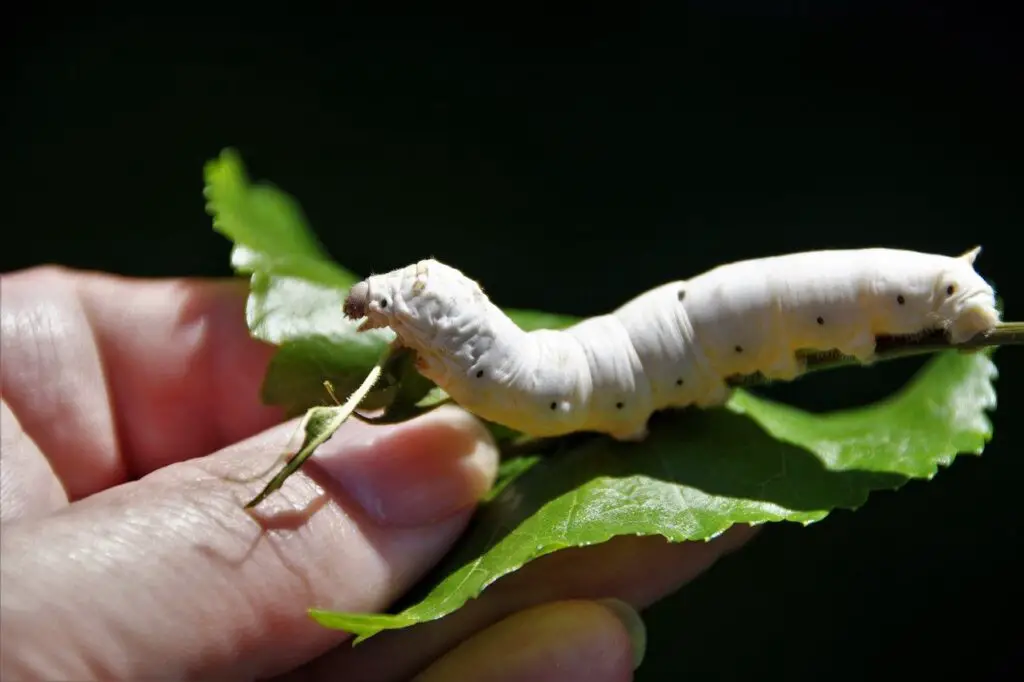
#4. The environment also impacts the life cycle of an animal
The environment’s impact has also been seen in the various stages of the life cycle in a majority of the organisms.
It is seen that just like the reproduction phase, the proper development phase in the life cycle of the animal also depends on the various environmental factors like the availability of food, proper temperature, suitable weather, and seasons.
Ecological developmental biology explores the mechanistic relationships between the processes of individual development in relation to the various environmental factors.
It is seen that the impact of an unsuitable environment can slow down the metamorphosis stage of the animal’s life cycle and can lead to various deformities during its development.
Environmental stress has a substantial impact on life cycles. Just like in the case of Turritopsis nutricula (a small hydrozoan), stress can reverse the development in the life cycle of this organism.
Examples:
- In hydra, medusa is the adult sexual form whereas Polyp is the juvenile asexual form. Under harsh living conditions and starvation, hydra reproduces sexually. The result is that polyp is transformed into medusa with the development of gonad: either ovary or testis.
- In the case of silkworms, you will see that in areas where the seasons change, silkworm moths reproduce only once in a year. In areas where the climate is always warm, the moth’s life cycle is ongoing and they metamorphize very fast.
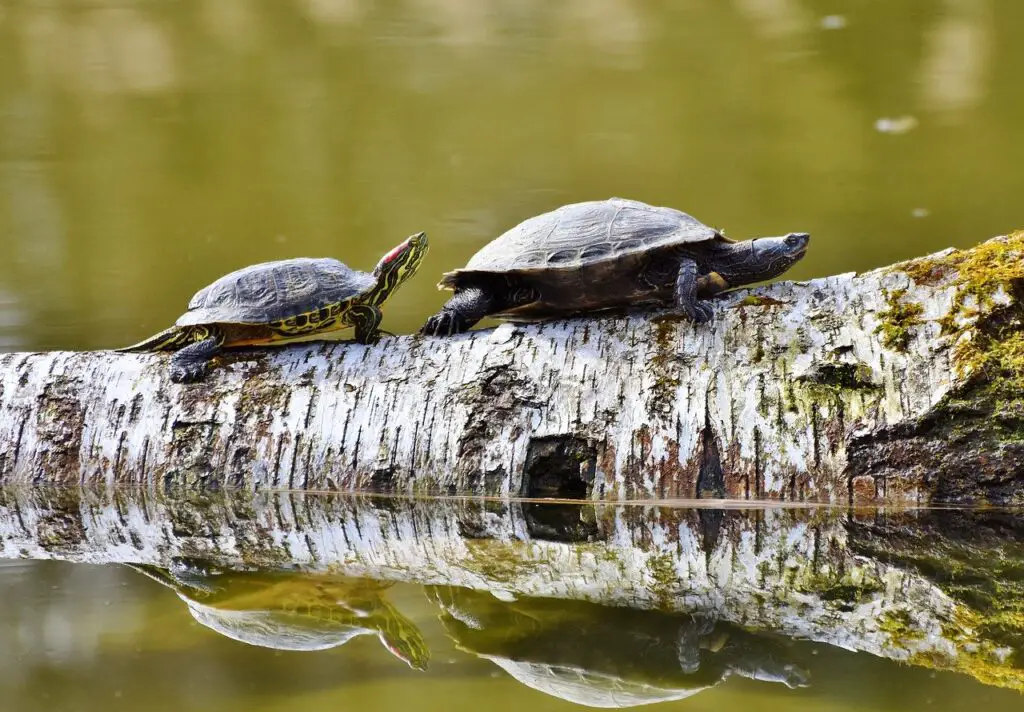
#5. The environment also influences developmental symbiosis in animals
Developmental symbiosis is the biological process that certain animals follow for their normal development which is mediated by signals coming from different species of organisms.
It is a type of symbiosis where environmental interaction occurs between two different organisms living in the close physical association, typically helping in each other development.
The one species that helps the other in such a relationship acts like a living environmental factor needed for its development.
Symbiotic relationships are important because they are a major driving force of evolution and development of an organism with respect to the surrounding environment.
This networking and cooperation among species allow them to survive better than they would as single individuals by taking the best help from the environment.
In this case, the symbionts (an organism living in symbiosis with another) become so tightly integrated into the host organism that the host cannot develop without them.
Examples:
- One well-studied example of developmental symbiosis is in the Hawaiian bobtail squid Euprymna scolopes. It is a tiny 5 cm long nocturnal animal that saves itself from predatory fish by emitting light from its underside and hiding its shadow. The symbiotic bacterium Vibrio fischeri lives in the squid’s light organ which actually emits the light. The squid gains protection from predators and the bacterium is able to live safely within the host’s light organ.
- Mites attach themselves to larger flying insects to get a “free ride.”
- Hermit crabs use the shells of big dead snails as homes for protection.
- The bacteria Peptostreptococcus sp., Eubacterium sp., Lactobacillus sp., and Clostridium sp. that stay on the gastrointestinal tract and help the defense mechanisms deployed by the human host to counter other pathogenic attacks.
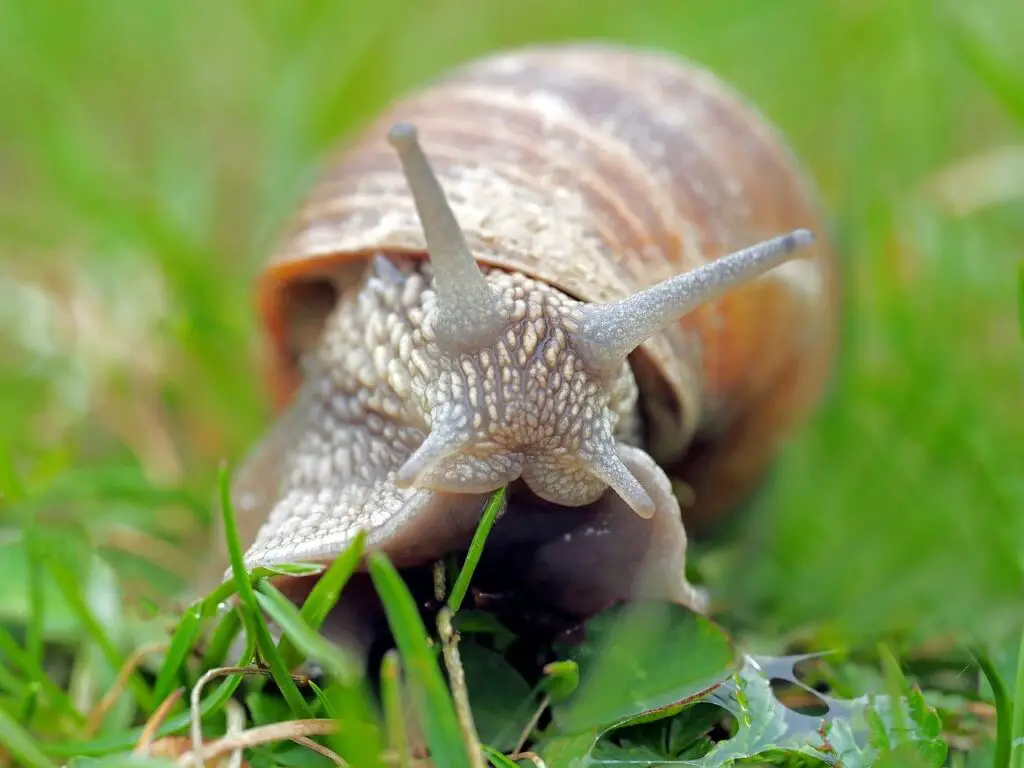
#6. The environment plays a key role in nutrient cycling
Nutrient cycling is one of the most important processes that occur in an ecosystem. The nutrient cycle describes the use, movement, and recycling of nutrients in the environment.
Elements such as carbon, oxygen, hydrogen, phosphorus, and nitrogen are essential to life and must be recycled in order for the animals to exist and develop comfortably. These are all a very important parts of biomolecules like proteins, carbohydrates, fats, etc.
These elements are included in the various components of the environment like air, water, rocks, soil, including all of the living beings.
These environmental factors are highly impactful and need to recycled and passed to the animal body for their proper development and growth.
The nutrients cycle like the oxygen cycle, carbon cycle, phosphorus cycle, carbon cycle must take place between the animals and the environment for proper biological processes to take place in the environment.
The disturbance in the various nutrient cycling steps can directly or indirectly alter the growth and development of the animals in a number of ways leading to various deformities as well.
Examples:
- Phosphorus deficiency in cattle may cause symptoms related to reduced appetite, including retarded growth rate of young cattle, low milk yield, and impaired fertility.
- Living environment factors, the plants are generally considered to be “carbon sinks” because they can remove carbon, in the form of CO2, from the air. These carbons enter the animal body via. the carbon cycle which helps in the animal development by producing various bio-molecules like enzymes, carbohydrates, proteins, etc.
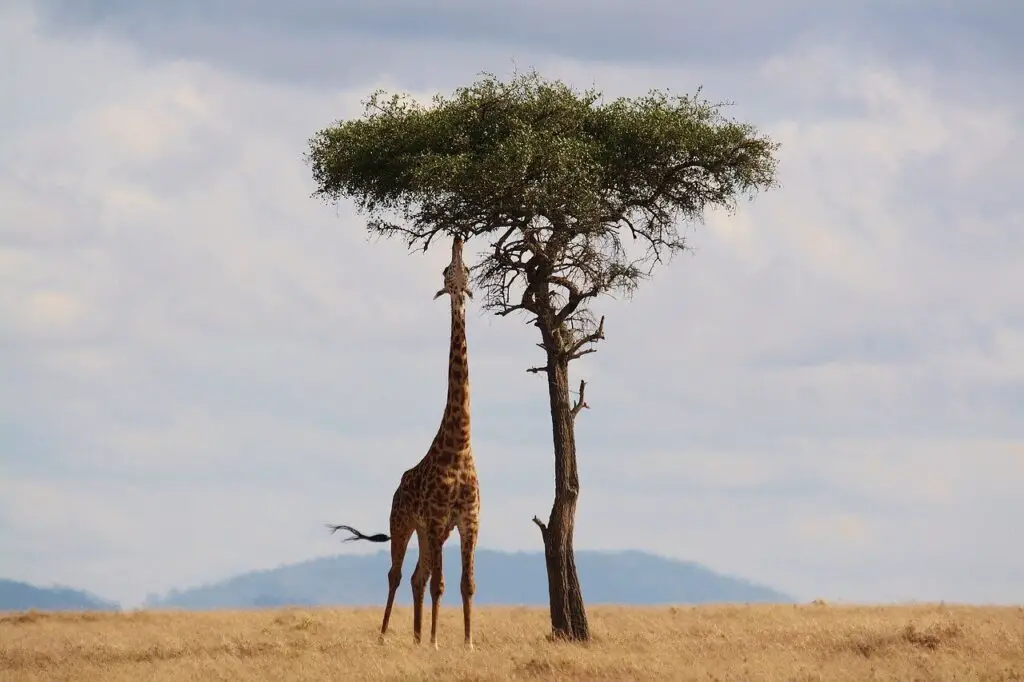
#7. Environment plays a key role in imparting various adaptations in animals
Over the course of evolution, the environment and it’s harsh impact has developed various adaptions in the animal body. This environmental impact only allows for the survival of the fittest.
“Survival of the fittest” is a phrase that originated from the Darwinian evolutionary theory which suggests that those organisms that have best adjusted to their environment are the most successful in surviving and reproducing till today.
Nature and the environment only select those individuals who are with favorable variations and have best adapted to the environment. the less fit and unfit organisms are destroyed and soon become extinct.
The selection leads to variations that are gradual and those which are helpful in the adaptions of the individual to the surroundings would be inherited to the next generation.
So qualities such as adaptations in body odors, colors, and songs may be very important for the survival of a race and overall in the development of the animal species over the course of time.
Examples:
- Before industrialization in the 1850s in England, there were more white-winged moths (Biston betularia) and the white coloured lichens covered the tree trunks. But after industrialization in the 1920s in England, more dark-winged moths (Biston betularia) were seen when the tree trunks became dark due to industrial smoke and soot.
- Resistant varieties of organisms in less time are resulted due to the excessive use of insecticides and pesticides. Like DDT resistance in mosquitoes.
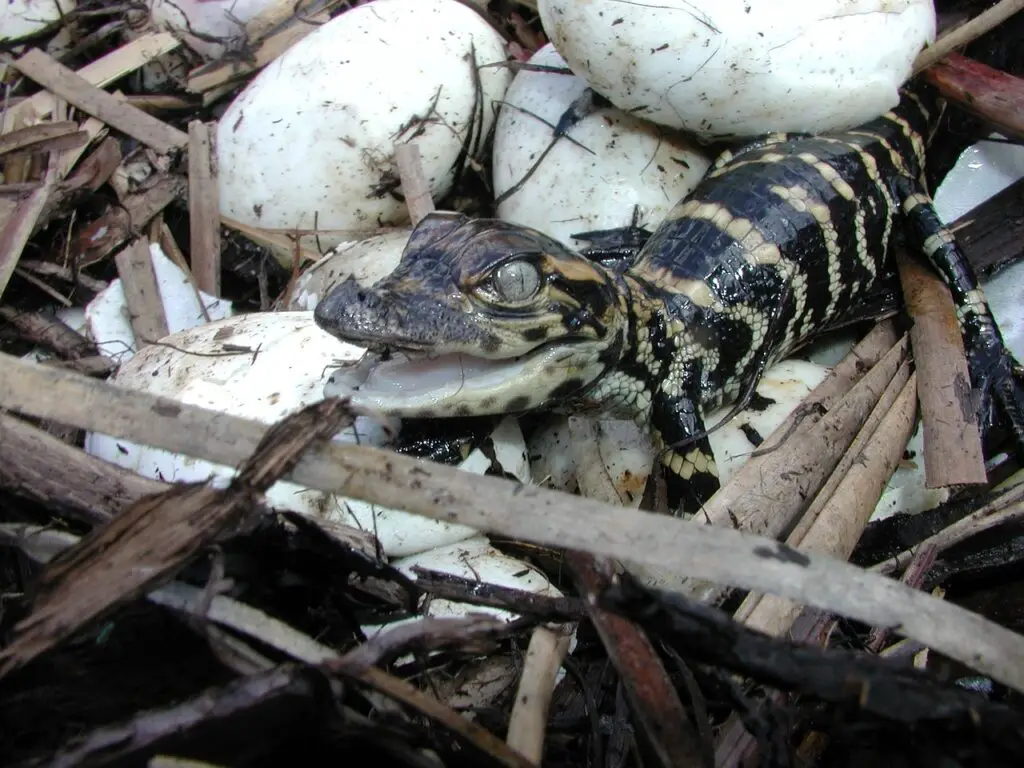
#8. It plays a prominent role in controlling the environment-dependent sex determination
The impact of the environment is also seen in the sex determination of many species as well. There are many species in which the environment determines whether an individual is to be male or female.
Environmental sex determination is the establishment of the sex of an individual species based on the environmental factors such as nutrient availability, temperature, pH, environmental background color, etc. which are all non-genetic in nature.
In this type of environmental impact, the developing larva or the youth embryo highly depends on the surrounding environment which can affect its development and overall sex-determination in several ways.
The development is sometimes cued to normal circumstances that the organism can expect to find in its environment.
Just like in some reptiles and teleost fish, you can observe Temperature-dependent sex determination (TSD) which is a type of Environmental-dependent sex determination in which the temperatures experienced during embryonic/larval development determine the sex of the offspring.
Examples:
- In crocodiles, both very low and very high temperatures result in the development of female crocodiles from the eggs. Whereas, moderate temperatures results in the development of males.
- In many turtle species, eggs from cooler nests hatch as all males, and eggs from warmer nests hatch as all females.
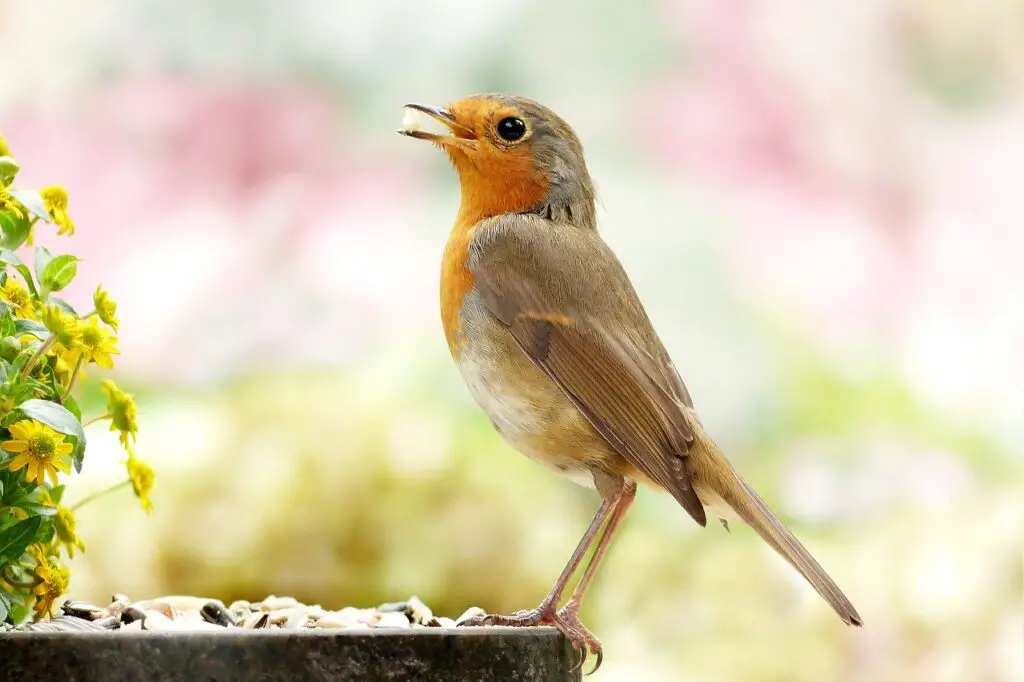
#9. It aids animals in environmentally induced learning
Environmentally induced learning is the process by which the animal during its various stages of development learns how to lead a life better by learning and repetition.
As the organism develops from birth to adult phase it gathers new experiences by learning about itself and the environment.
It learns how to eat, how to gather food, how to communicate, and above all how to reproduce.
Animals often learn through observation, that is, by watching other animals. Observational learning can occur with no outside reinforcement. The animal simply learns by observing and mimicking.
One of the simplest types of learning is called classical conditioning. Classical conditioning is based on a stimulus (a change in the environment) producing a response from the animal.
Another one is by positive reinforcement, which is when an animal performs a behavior that produces a positive result, the animal is likely to repeat that behavior in the near future.
That’s how it learns new things being impacted by the environment.
The experiences that it gathers overtime modifyies the original set of neuronal connections, causing the creation of new neurons, or the formation of new synapses between existing neurons.
Examples:
- Such Environmentally induced learning are seen to be generated when male songbirds first learn their songs and sings it too often by looking at others.
- Juvenile zebra finches memorize a model song and then learn the pattern of muscle contractions necessary to sing a particular phrase.
- Big cats like Lions, Tigers, Leopards, etc. learn to hunt and gather the food by experiencing and visualizing it from their mother.


